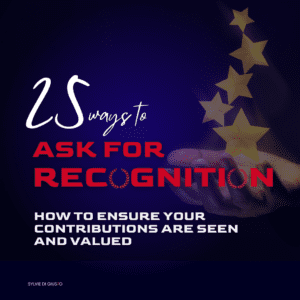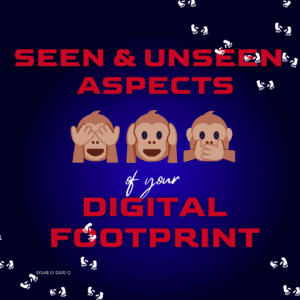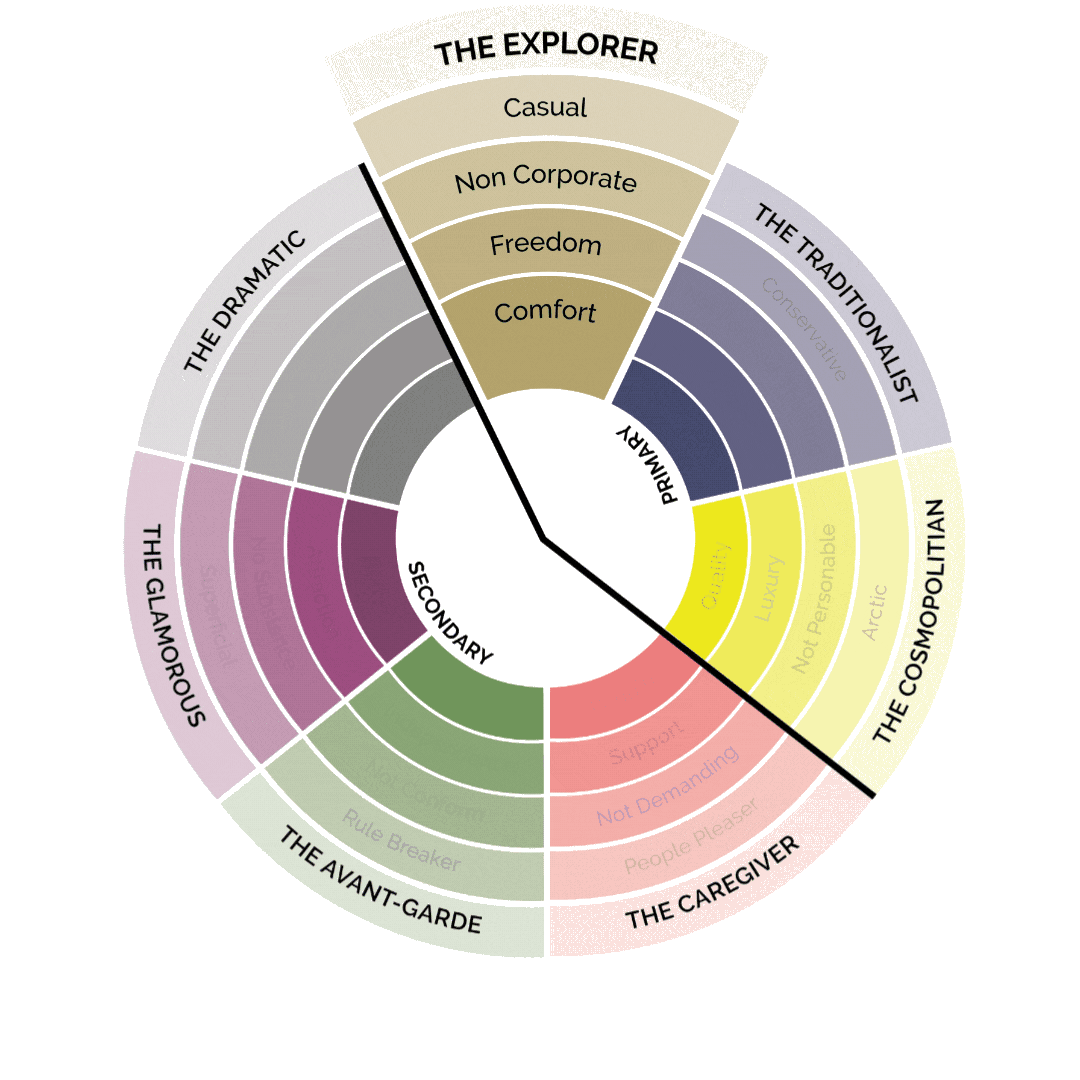Emptional Intelligence in the digital Age
In today’s fast-paced and technologically advanced world, the way we communicate and interact with others has significantly shifted. With the rise of emails, virtual meetings, and social media, professionals must now be able to navigate complex emotional and social dynamics in the digital workplace. As a result, having a high level of emotional intelligence (EI) has become increasingly important.
- Social media platforms can be powerful tools for professional networking and communication. However, the emotional tone and language used in these platforms can quickly escalate into conflicts. A high level of EI helps professionals navigate these situations and communicate in a way that is respectful and professional.
- Emails are a widely used form of communication in the workplace. However, the lack of nonverbal cues and emotional tone can lead to misunderstandings and conflicts. A high level of EI helps professionals recognize and manage the emotions in their emails to avoid such issues.
- Virtual meetings have become a staple in today’s remote work environment. However, the lack of nonverbal cues can make it challenging for some to read the emotional state of others. A high level of EI helps professionals effectively communicate and collaborate in virtual meetings, avoiding misunderstandings and conflicts.
- Instant messaging requires professionals to be mindful of their tone and language to avoid misunderstandings and conflicts.
- Online forums and discussion boards often have many participants, and it can quickly escalate into emotionally charged debates. A high level of EI can help professionals navigate these situations and respond in a way that is respectful and professional.
- Collaborative software tools like Google Docs, Trello, and Slack have made it easier for teams to work remotely. A high level of EI is essential for effective collaboration, as it helps individuals understand the emotions and motivations of their team members.
What is Emotional Intelligence in the Digital Age?
Emotional intelligence (EI) in the digital age refers to the ability to understand, use, and manage emotions in virtual and digital environments. It encompasses the skills and traits needed to effectively communicate, collaborate, and build relationships with others in a digital workplace, such as online meetings, email, and social media. A high level of EI in the digital age allows professionals to recognize and respond to the emotional states of others, communicate effectively, manage their own emotions and stress levels, and build positive relationships in virtual teams.
How does Emotional Intelligence in the Digital Age impact Communication and Collaboration in the Workplace?
Emotional intelligence significantly impacts communication and collaboration in the digital workplace. In a digital environment, a person’s ability to understand, interpret, and appropriately respond to emotions can make or break successful communication. High emotional intelligence allows individuals to recognize the importance of social cues, such as body language, tone of voice, and facial expressions that are often missing in digital interactions. As well as having a keen awareness of their own emotions, emotionally intelligent people understand the emotional states of others and are better able to take into account the impact of their words and actions when communicating digitally. Additionally, emotionally intelligence can help foster collaboration in the digital workplace by allowing individuals to effectively communicate with one another regardless of any physical distance between them.
Here are some ways emotional intelligence can improve collaboration in a digital environment:
- Improved understanding of others: A high level of EI helps professionals understand the emotional states of others, which leads to more effective communication and collaboration.
- Better conflict resolution: By recognizing and managing their emotions, professionals with high emotional intelligence can resolve conflicts more effectively and maintain positive relationships in virtual teams.
- More effective virtual meetings: By paying attention to nonverbal cues and emotional tone in virtual meetings, professionals with high EI can create a positive and inclusive environment, leading to more productive and effective meetings.
- Enhanced team dynamics: A high level of EI helps professionals build trust and positive relationships with their virtual teams, leading to better teamwork and collaboration.
- Better cross-cultural communication: A high level of EI helps professionals recognize and adapt to cultural differences in virtual teams, leading to more effective cross-cultural communication and collaboration.
What mistakes are made very often?
Communicating in a digital world can be difficult. It requires a specific set of skills as this way of communication comes with its own set of challgens. Here are ten common mistakes professionals make related to emotional intelligence in a digital environment:
- Assuming online communication is less critical: Some professionals may think online communication is less important than face-to-face communication and may neglect the emotional tone and language used in emails, instant messages, and other digital mediums.
- Not paying attention to nonverbal cues: The lack of nonverbal cues in digital communication can make it challenging for some to recognize the emotional state of others. Not paying attention to these cues can lead to misunderstandings and conflicts.
- Being overly aggressive or confrontational: The anonymity of the digital world can sometimes lead to negative behavior, such as cyberbullying and confrontational behavior. A high level of EI helps professionals recognize and manage these emotions and respond respectfully and professionally.
- Neglecting to build relationships: Building relationships with others is crucial for effective collaboration, especially in the digital age. Failing to build relationships through virtual means can lead to a lack of trust and communication breakdowns.
- Not adapting to cultural differences: Virtual teams often span multiple countries and cultures, and a lack of cultural awareness can lead to misunderstandings and conflicts. A high level of EI helps professionals recognize and adapt to these cultural differences, leading to more effective communication and collaboration.
- Failing to recognize emotional tone: The emotional tone in digital communication can easily be misinterpreted, leading to misunderstandings and conflicts. A high level of EI helps professionals recognize the emotional tone in digital communication and respond sensitively and appropriately.
- Overreliance on technology: Overreliance on technology can sometimes lead to a lack of preparation, as professionals may rely too much on the tools used, or on automated responses and neglect to consider the emotional state of others.
- Not managing stress and emotions: Stress and emotions can significantly impact communication and collaboration in the digital age. A high level of EI helps professionals manage their own emotions and stress levels to ensure effective communication and collaboration.
- Not setting boundaries: Without clear limitations, the digital world can be overwhelming and lead to burnout. A high level of EI helps professionals set healthy boundaries and manage their time effectively, leading to a better work-life balance.
But are there really no non-verbal cues in digital communication?
I actually don’t think so, as there are new ways to convey emotions, ways we are not used to and may not perceive as easily.
- For example, emails can be sent with a combination of typeface, color, size, emoticons, or special characters that add tone and emotion to words.
- Or, in virtual meetings, expressing your emotions can be achieved by changing the background, using an avatar instead of your video, or simply changing your screen name.
- On Social Media, hashtags and reactions help us understand the feeling behind a post.
These are just some of the ways that emotion can be expressed in the digital world, and understanding how to read them accurately is an essential skill for any professional.
Emotional Intelligence in a Digital Age in A Nutshell
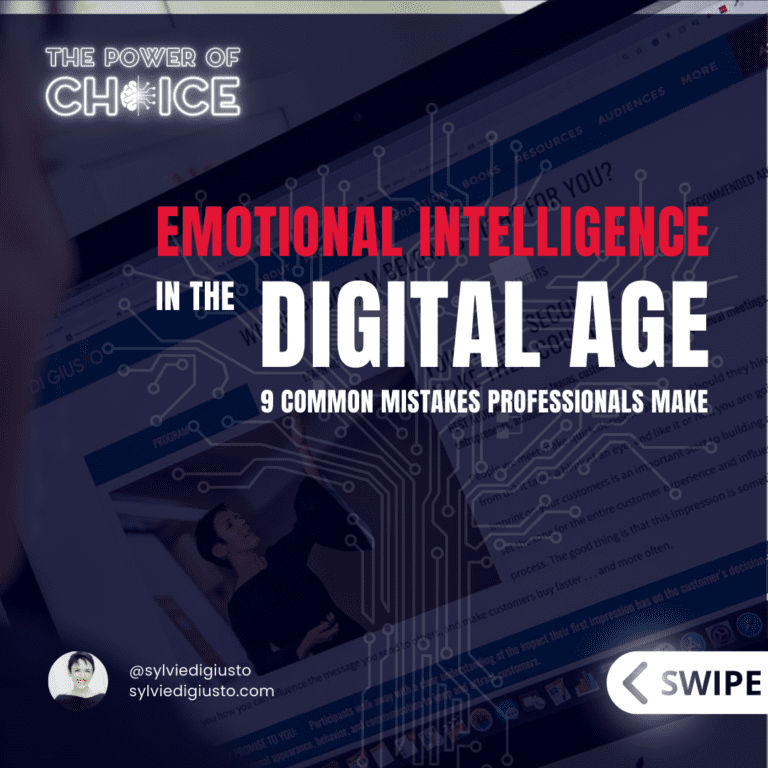

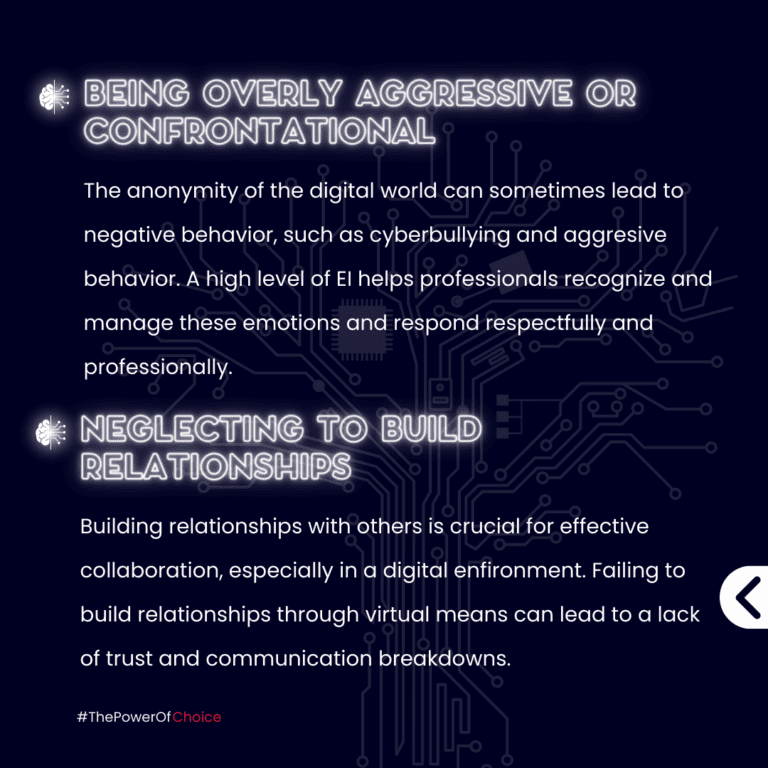
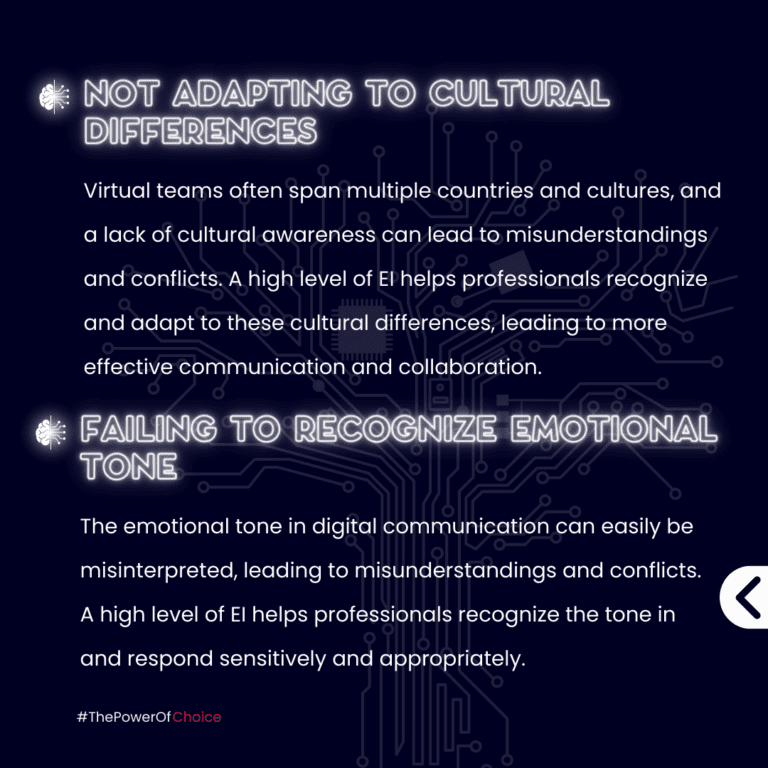
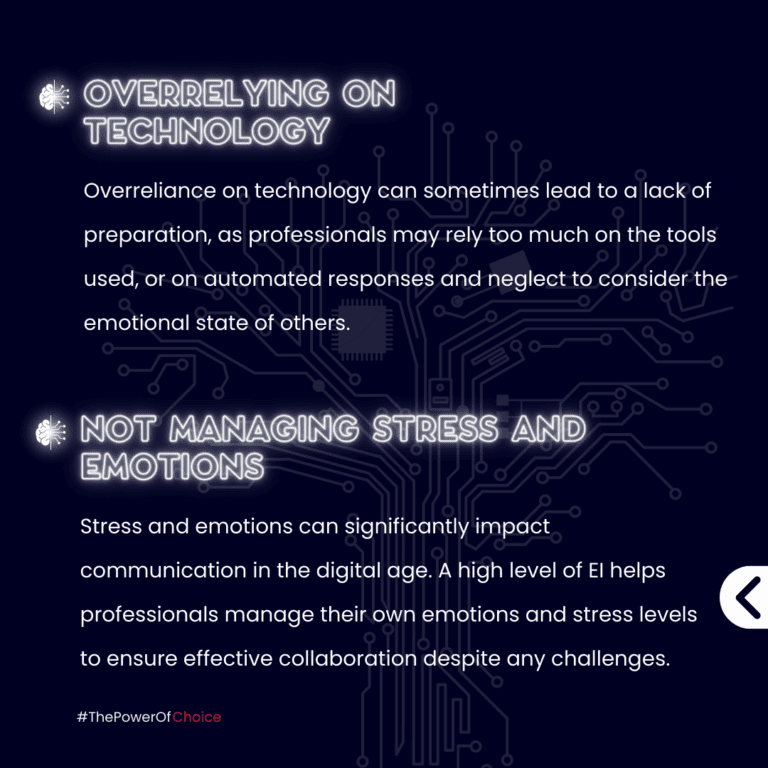
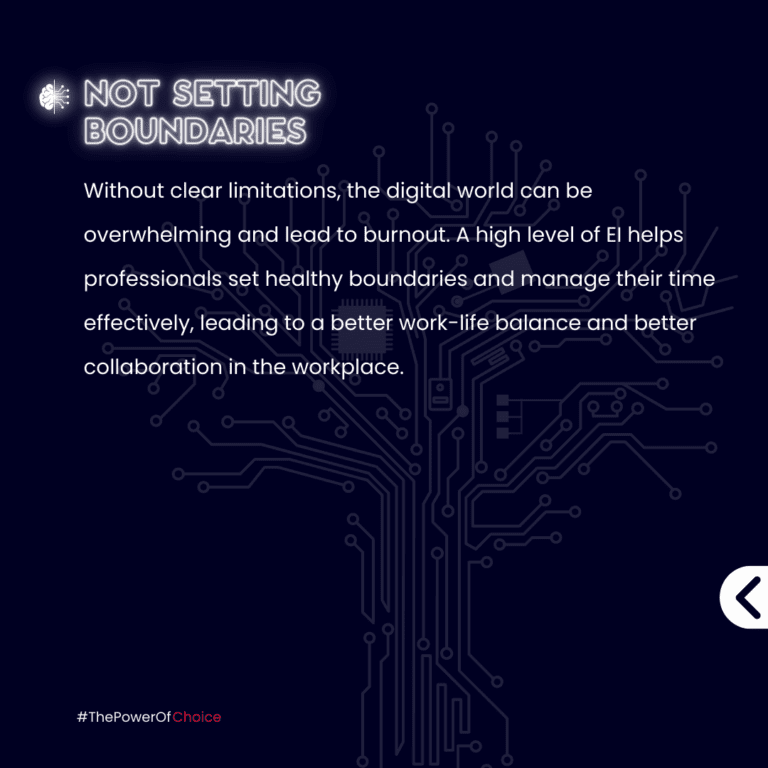

PS: Interested in more content like this? Make sure to follow me on Instagram. It’s where I visualize and publish my thoughts daily. I hope to see you there.
